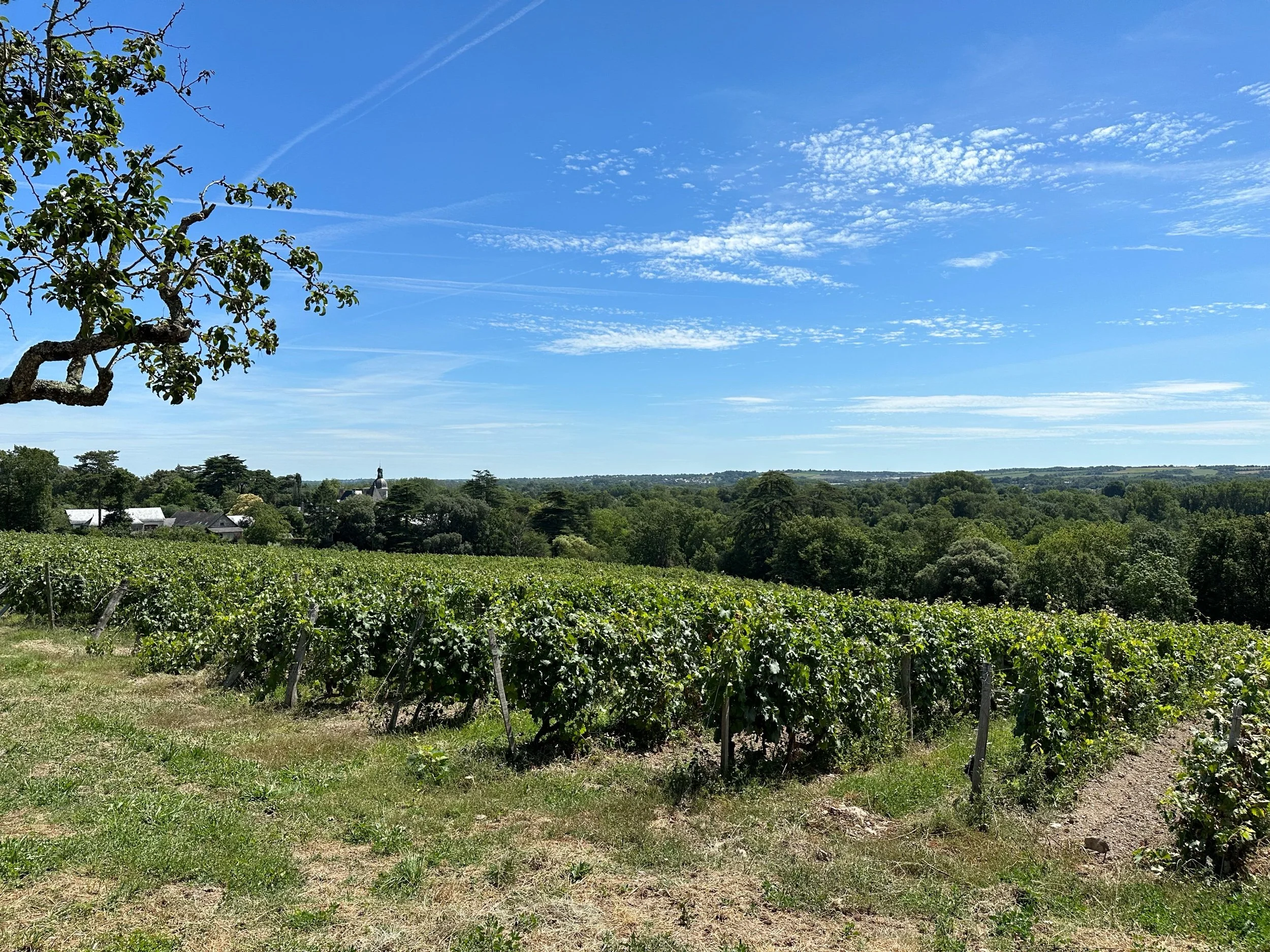Long Island
This August, Long Island is having a “Grand Celebration” to mark its fiftieth anniversary as a commercial winemaking region. From just a handful of wineries, there are now 57 ready for new adventures in the view of a wider world. An intriguing region unlike few elsewhere in the USA, Long Island is following its own path looking out on to the Atlantic Ocean.
where
Long Island is on the East Coast of New York State, its climate heavily influenced by the Atlantic Ocean. It has the same latitude as Madrid and Napoli, but is wet and humid, its climate more similar to Bordeaux, with annual rainfall of over 1,000mm. It’s very different from the other major New York State region, Finger Lakes—cool, inland, and continental—which is why it feels more beneficial to compare it to other Atlantic regions to understand the climate and styles of wine. Given Merlot is successful on Long Island, Bordeaux is again an obvious comparison; so too is Atlantic Spain and Portugal, across the ocean from Long Island, or Uruguay on the same side of the Atlantic.
place
Bedell Vineyards, North Fork
Long Island—its name is literal—stretches out from New York City covering over 300,000ha of land. As it nears the Atlantic it forks north and south, the southern prong more exposed to the Atlantic, which is one of the reasons why the majority of wineries are now located on the northern side.
There are three AVAs: Long Island, which covers all growing areas, The North Fork of Long Island, and The Hamptons, Long Island. It could be argued that one AVA would be enough (a problem of too many AVAs found across the USA), but it gives an idea that Long Island has diverse growing conditions.
Land in the Hamptons is expensive as it’s a very popular destination for New Yorkers, escaping the city summer heat. Many of the wineries there were established in the early days of Long Island wine production, such as Wölffer Estate and Channing Daughters in the late 1970s and early 1980s. The expansion of Long Island, however, has focused on the North Fork because of the cost of land and slightly more clement conditions.
Whether on the north or south of the island, the Atlantic influence is at its most extreme to the east. However, the Atlantic winds are useful to blow off the humidity, meaning there are fewer plantings further inland towards the city. The combination of wind and humidity means that plantings have open canopies, which also allows exposure to sunlight to help ripening.
Harvest generally begins early September and continues into October, although as in many other regions it is getting earlier. In warmer, sunnier, drier years, the harvest can even go into November. In these years, there is the possibility of quality Cabernet Sauvignon and late harvest sweet wines.
vintage variation
Weather conditions vary from year to year: growers and winemakers have to be flexible in the vineyard and with the fruit they receive. Hurricanes can hit, dangerous but rare.
When I first tasted Long Island wines nearly fifteen years, vintage variation was common: the same wine amazing one year, of low quality the next. Better understanding of the growing conditions has improved that variability, canopy management preventing rot and increasing sunlight exposure, knowing when best to pick the grapes, learning from previous weather patterns. Climate change also helps, with more consistent warmth and sunshine. Each year is still different, so don’t expect the same producer to make exactly the same wine each year. But do expect a greater level of consistency in quality from year to year.
grape varieties
As in Bordeaux and Uruguay, Merlot succeeds because it ripens earlier than Cabernet Sauvignon which is important because of the cool conditions and potential for rain towards the end of harvest. The growing also usually starts after any spring frost, which also suits Merlot. At its best, Merlot typifies Long Island: ripe, fruity, gentle, generous but not opulent. It could be confused with Bordeaux, but not California.
There are two other varieties planted also associated with Bordeaux as well as the Loire Valley: Sauvignon Blanc and Cabernet Franc. In Long Island, the wines have herbaceous aromas characteristic of the two varieties but those aromas do not dominate because of the open canopies, the extra exposure to sunlight reducing the amount of pyrazines present in the grapes when picked. Although styles vary, there is a concentration to these wines which gives them a substantial depth of flavour and structure.
In common with coastal Spain and Portugal, Uruguay, and now Bordeaux, Albariño is grown—with plantings hopefully increasing. Albariño would be a natural fit, the thick skins adapted to a humid climate. It remains to be seen whether it becomes more important in Long Island: my instinct is that it should.
Riesling, as in Finger Lakes, also shows great potential, as does sparkling wine, made in the traditional method, tank method, and from Riesling as well as Chardonnay—another variety with significant plantings on the island.
As Long Island enters a new phase of its development, it has established an identity which it is still sharing. There is the city of New York as a market to build on, though it is a very competitive one. Geographically, it looks towards Europe, more receptive, particularly in the UK, to New York wines than elsewhere in the USA. There are many avenues to explore, a consolidation of the best varieties to plant. Overall, producers are talking with more confidence than they were even ten years ago, not least because the wines have improved so greatly.
Listen to my podcast episode on Long Island, in which I interview three producers: Jenny Smith from Pellegrini (on the North Fork), Roman Roth of Wölffer Estate (in the Hamptons), and Jonathan Romberg of RGNY (a much younger winery on the North Fork). Our conversation mentions the aspects touched on this piece, and much more.




